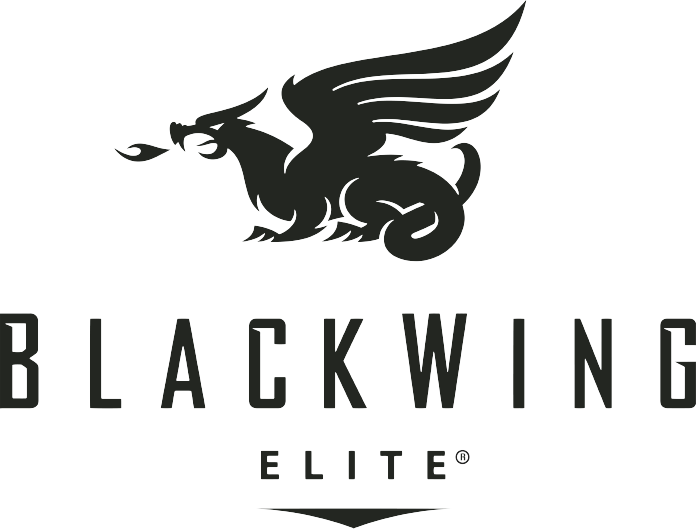
According Goldman Sachs, by 2020 six out of ten lights on the planet will be LEDs. The proliferation of the high performance, low-cost lighting technology represents a revolution in building and a watershed moment in energy efficiency. LEDs save more that 85% the electricity required by a traditional incandescent bulb of comparable light output.
Sharp cost reductions and performance improvements, along with the ease of swapping them in for old lighting technology, have launched LED lighting in homes and commercial buildings on a trajectory to capture 95% of the market by 2025.
LEDs save more that 85% the electricity required by a traditional incandescent bulb of comparable light output.
But at this moment in the revolution, not all LEDs perform the same. It’s essential to look for Energy Star certification, which means the bulbs come with a minimum three-year warranty, and have been independently tested for compliance with more than 20 separate industry standards and procedures.
The good news is that developers have an incredible array of choices with more than 6,849 LED products for multiple applications. On top of energy savings, these Energy-Star certified LEDs have a lifetime as long as five years of continuous use, or up to 50x longer than a typical incandescent bulbs. That means long-terms savings and ease of use. Furthermore, a lot of LEDs are built nifty Internet connectivity to fit into what is being called the “Smart Home:” you can control the brightness and even color temperature of the bulb with a smartphone.
Better still, new varieties of LEDs hit the market each year, including lights that mimic old-fashioned filament bulbs.
Simultaneously, costs are set to nose-dive. Residential LED systems are already competitive with traditional CFLs and LFLs, and commercial/industrial uses look to drop to parity pricing within the next five to seven years, according to Goldman Sachs. Of course many LED products are already less than $5, and developers can nab further savings with bulk purchases and in markets with utility rebates.
